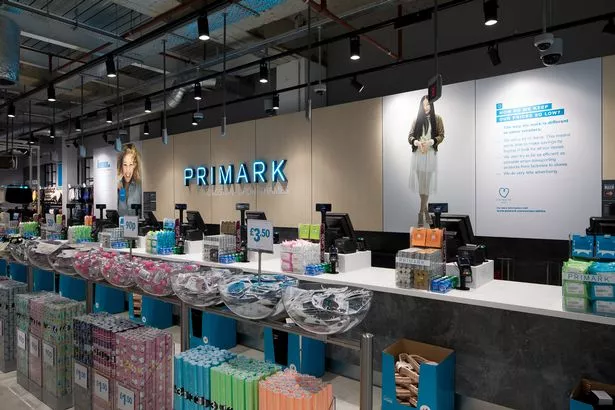
Primark
The Scenario:
Primark is one of the leading and largest value fashion retailers in the world. Despite its reputation for low prices it achieves commercial success through highly refined buying & merchandising processes and in-store operational practices. It is perpetually looking for ways to improve.

What we did:
We carried out a ‘Day in the Life of a Shop’ exercise in one of Primark’s top UK stores. This involved following the activities of the day, following the flow of the product through the shop, talking to everyone from store management to stockroom staff. And doing a lot of ‘Watching!’

“Primark is an interesting product allocation model as it still pulls much of its assortment into stores.
‘Floor managers are hugely important to Primark. They own areas of the shops and they know those areas inside out, the product, the customer and what the customer likes. They order new products and replenish every day.’
Primark trusts these ‘shopkeepers.’ But it wasn’t giving them the IT accessibility to carry out their roles. Success was their enemy in ordering the stock they needed. Re-prioritising facilities, and re-scheduling ordering process made all the difference.”
Tim Radley. Founder RETAILMEANING

What we achieved:
We delivered a report to Primark highlighting a number of operational opportunities to be more efficient and more commercially successful.
Some were complex to solve but other were quick to action, low investment and saw improvements in a short time.
Many of the recommendations have been absorbed into Primark’s operations including the prioritisation of IT terminals to the busiest and most successful floor managers allowing the most prolific areas of the most commercial stores to access the correct volumes of best sellers.
What we can all learn from this…
“Value your ‘shopkeepers’ and support them in everything that they need to do their job for you!”
Tim Radley. Founder RetailMeaning